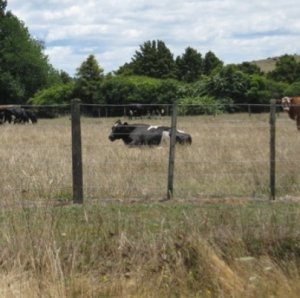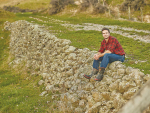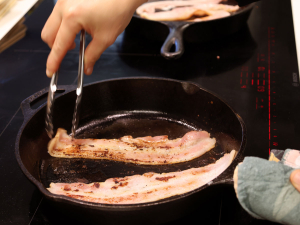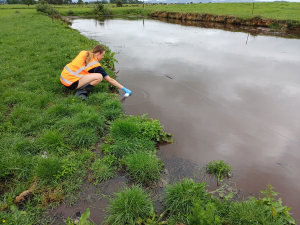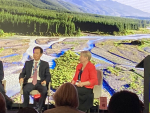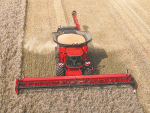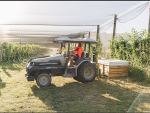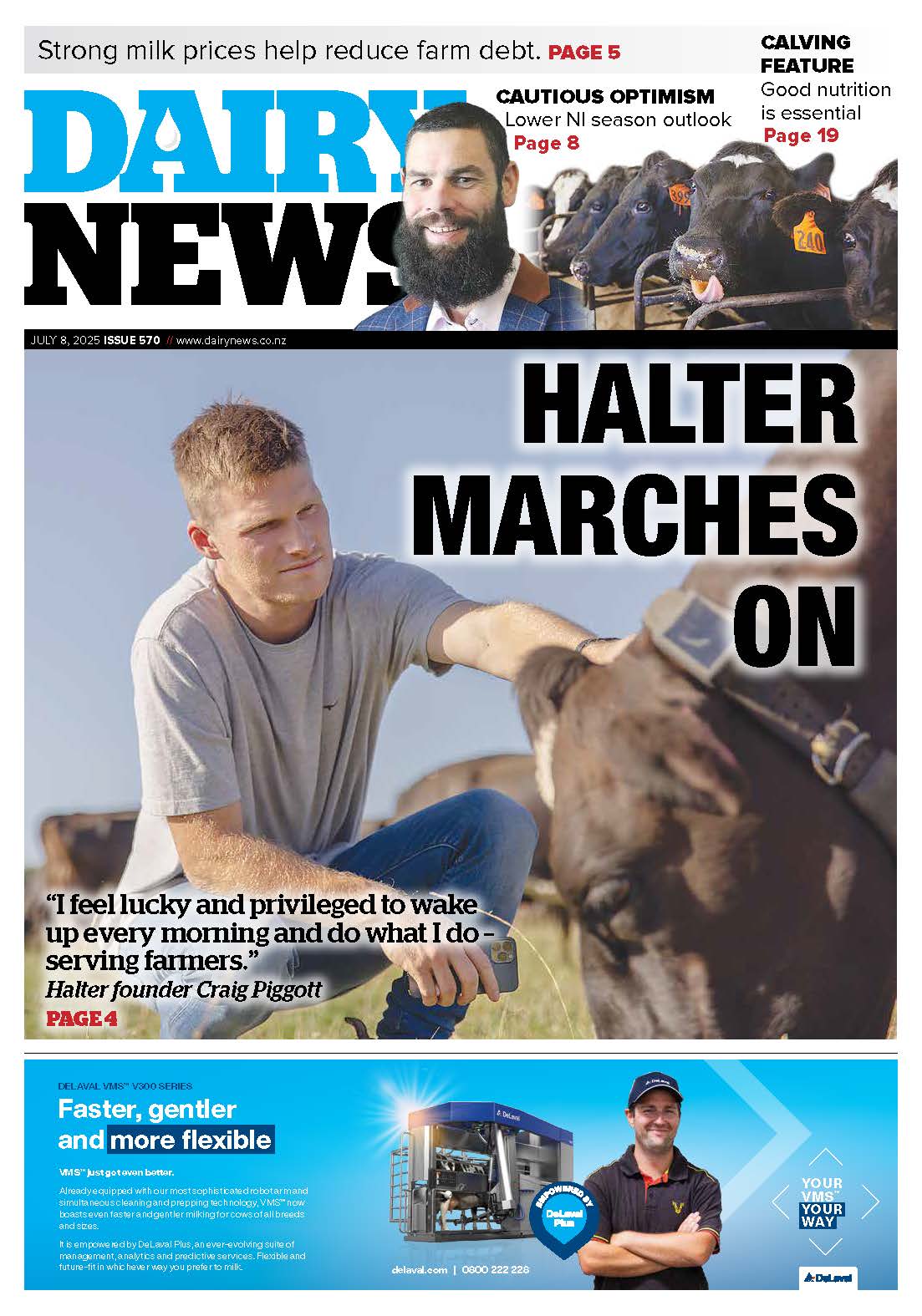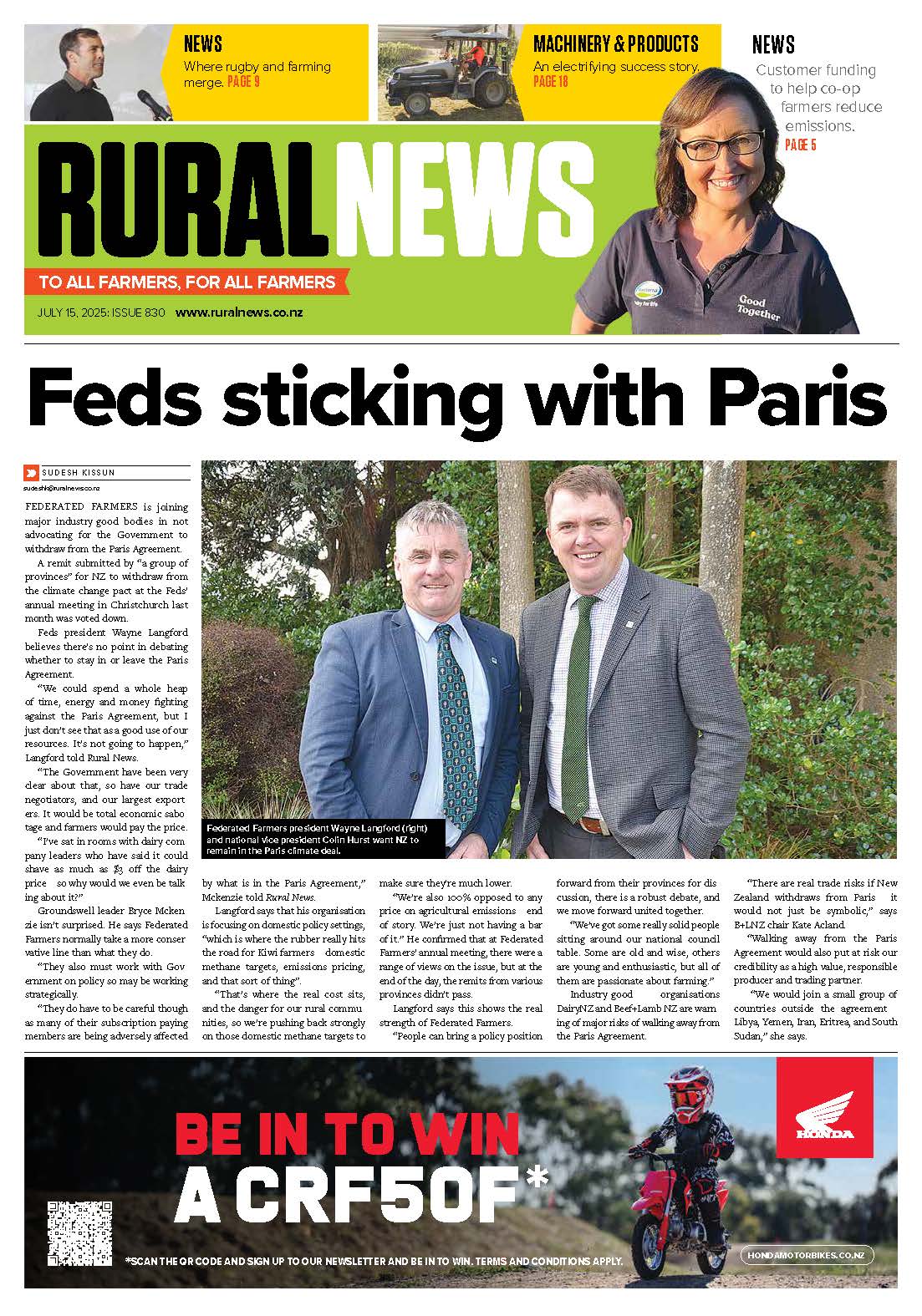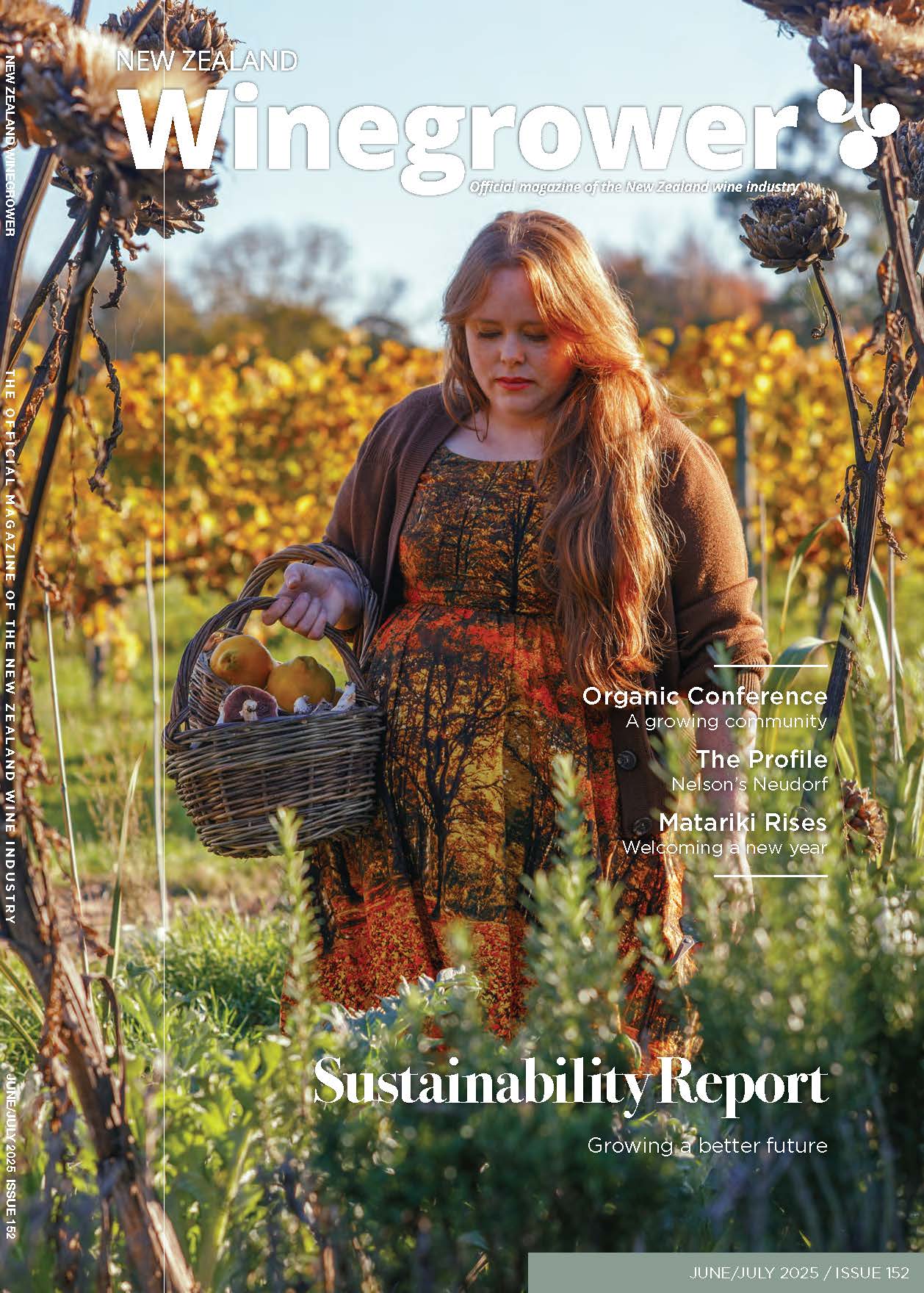Environment Southland senior environmental technical officer Karl Erikson says rain has been falling at a steadily overnight and today with totals between 20mm and 40mm in some parts.
The entire region had experienced reasonable totals with the exception of western areas where rain has so far been minimal.
The largest totals were recorded in eastern areas with between 35 to 40mm of rain, 20mm in central and northern Southland and 20mm in coastal areas, including Invercargill, since 8pm last night.
Erikson says the most promising aspect of the rain was its rate, at between 3 to 5mm an hour, giving the moisture the chance to soak into the ground.
That has been demonstrated with river levels showing only steady increases, except for the Waikaia River at Piano Flat, which had risen quickly and was being monitored, he says.
The Aparima catchment was still relatively dry but weather predictions in the coming days could see rain delivering respite in that area.
Senior groundwater scientist Karen Wilson says some of the aquifers, in particular at Riversdale, are already showing signs of being recharged by the rainfall.
Others would take longer for the water to percolate through soils and into the aquifers, she said.
Erikson says more rain forecast for the weekend is expected to give way to north-westerly winds on Monday so more follow-up rain would be needed to counter their drying effects.
Senior council staff met today to evaluate the latest information and chief executive Ciaran Keogh says in light of the changing situation staff will continue to monitor the situation but routine operations will resume.
Meanwhile Environment Southland's investigations into complaints about bores running dry in eastern Southland have found that the problem is not because of irrigators or other users abstracting too much water, it is instead due to poor bore construction or maintenance.
During the recent dry weather the council has fielded several complaints from the public asking why neighbouring properties were continuing to irrigate when their own bore, used supply domestic water was "dry".
Karen Wilson says examination of these incidents indicated that the issues some people were facing were in-fact because of deficiencies in their own bore set up and the activities on nearby properties were not to blame.
There have been occurrences where some people have hired contractors that did not install or develop bores in accordance with national drilling standards. Some bores had not been drilled deep enough to penetrate the aquifer sufficiently, she says.
If a bore is not deep enough, it can struggle, even though there may be plenty of water available in the aquifer. For example, the average thickness of the Riversdale aquifer is 15 metres while the average bore depth is just six metres deep.





